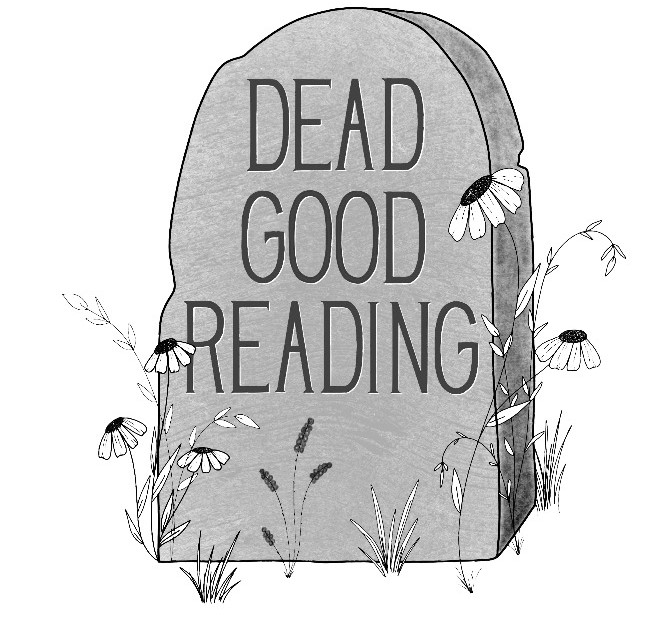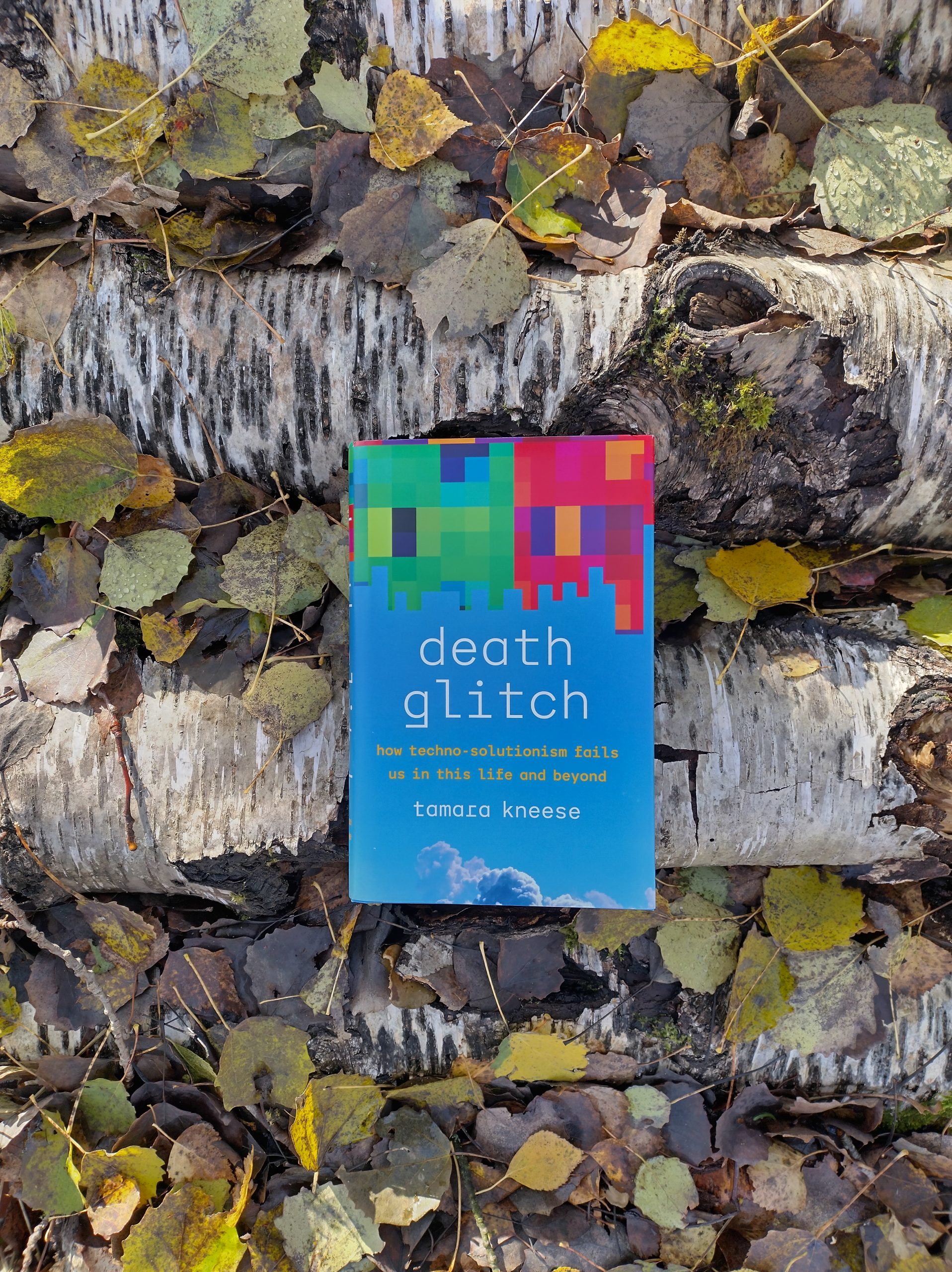Digital remains are a challenge in terms of whether they can be passed on, or whether ownership solely lies with the deceased owner. Recently a judge in the Netherlands denied a widower access to his late wife’s Facebook private messages; it was argued that the people who were chatting with his wife were entitled to privacy, as they intended these messages to be only read by her. Meta already changed the profile to memorial status, yet was ordered to give the man access to everything but things that included third party information. The news article reports that, as the wife died by suicide, the widower wanted to investigate whether she had been discussing suicide with anyone else prior to her death.
Examples like these show how critical it is to properly research digital worlds, social media platforms, blogs and the internet as a whole. Death Glitch: how techno-solutionism fails us in this life and beyond written by Tamara Kneese does a great job at outlining and untangling some of the challenges the dead, and the bereaved, bring to the digital world.
Kneese’s work shows how quickly things move from being ‘timely’ to historical when researching the digital world. Kneese refers to the same post-mortem privacy policy as the one noted above, but at the time Meta was still Facebook. Meta was Facebook, X was still Twitter. Kneese’s notes how in 2019 Twitter announced it was going to delete all the inactive accounts, which created great uproar as this would also delete the accounts of ‘dead homies’ still floating about. Since Elon Musk’s takeover of the platform in 2022, the removal of dead accounts might seem the least of the platform’s problems.
Death Glitch captures a lot of the internet that simply no longer exists, and shows how the dead provide challenges to technological platforms as they are rarely designed with death and dying in mind. In Death Glitch Kneese highlights how dead people challenge online platforms and their purposes, and how those who aspire transhumanist immortality are still dependent on the living to continue their legacy.
Kneese takes us back to the origin of Facebook and reminds us how for a while this platform was only accessible on an old-fashioned (?!) computer. I signed up to Facebook in 2008 or 2009, whilst solo-traveling in New Zealand. At the time it felt the easiest way to inform my family regularly that I was still alive – this was also pre-smart phone, and my mobile phone at the time did not compute with the New Zealand networks. It is almost unthinkable how offline people used to be whilst travelling (I did a skydive there, but have no virtual proof).
Facebook did not think to develop a policy for deceased users, until a university shooting at Virginia Tech in 2007. A number of students died, and their Facebook profiles were used as memorial pages. This prompted the platform to introduce a memorial policy. It showed the start of how people use Facebook profiles for memorialisation; people virtually visit the dead and leave messages, something which is now quite common but rare at the time. Kneese demonstrates the ongoing relationship digital platforms have with the dead, and the various ways dead users challenge tech companies.
In the chapter “Networked Death”, Kneese shows how the existence of illness blogs are reliant on a number of people, and the social labour it costs to keep these types of sites online, particularly after the original author has died. As a writer of a blog, and a co-host of a podcast, I imagine these things to be available “forever” but, as Kneese shows throughout Death Glitch many tangible artefacts have a higher chance of surviving. When podcast platforms cease to exist the Death Studies Podcast episodes might all disappear too. In the previous blog about Kaylee P. Alexander’s book on Parisian cemeteries, I wrote about how many of the graves were temporal and simply no longer exist. Yet it is very likely that the current graves at Père-Lachaise will still be there a few centuries from now, yet many digital remains will have disappeared or will be forgotten. As Kneese notes, there is a graveyard of failed deathy start-ups; social media platforms that promise to keep your digital archive forever, or to send messages post-death often do not stand the test of time as money runs out. Yet these failures do not deter people from developing new apps that are concerned with death.
Deat Glitch provides a lot of food for thought on our relationship with technology, and our understanding of its perpetuity. Kneese admits her main audience is technology and communication scholars but that she hopes Death Studies scholars get something out of this book as well. I definitely did, and look forward to a sequel somewhere in the future which outlines which other technologies have become obsolete, have broken down and are part of a digital graveyard.
To learn more about Tamara Kneese visit her website (whilst it’s there).


Leave a Reply